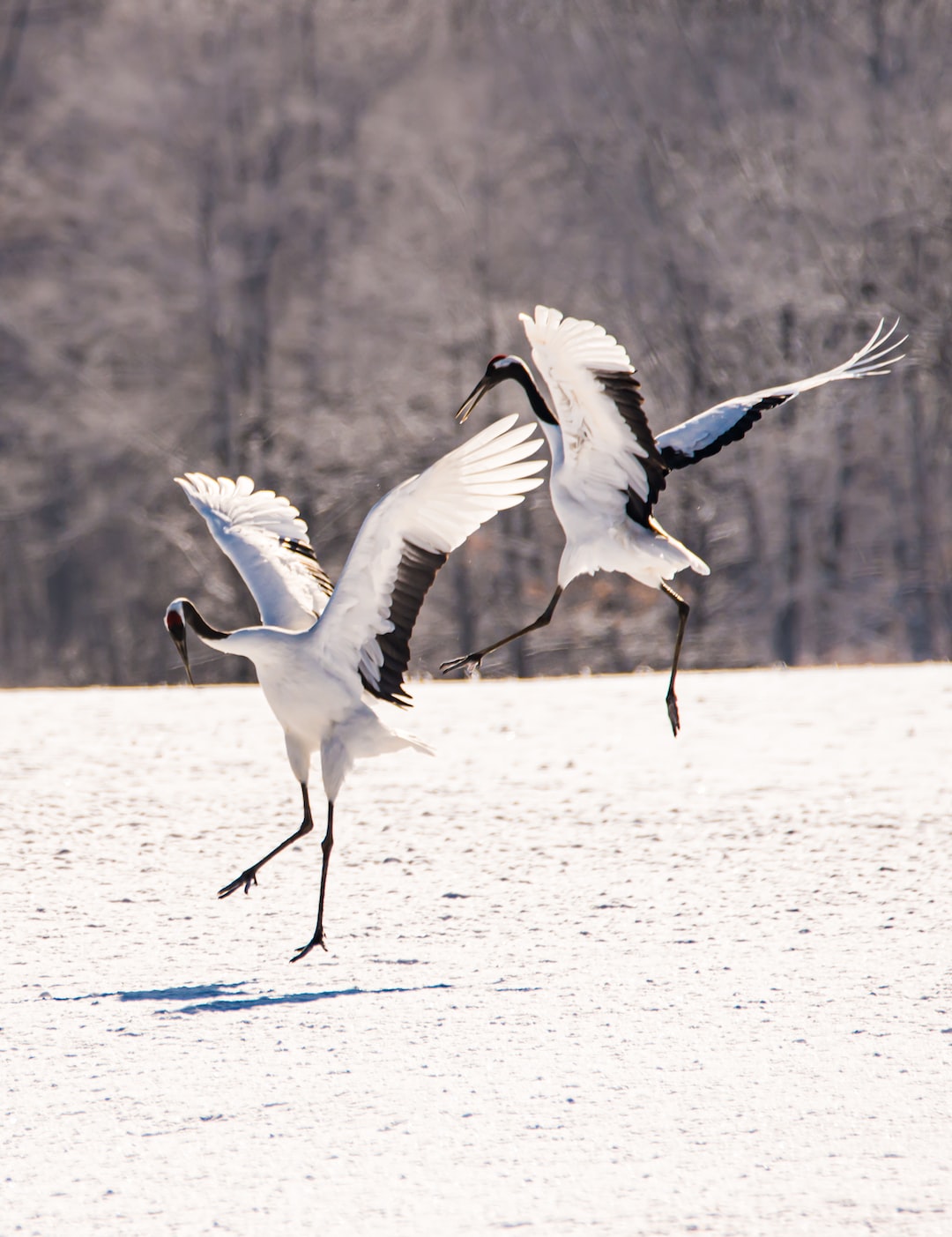Unraveling the Secrets of Insect Behavior
Insects are the most diverse group of organisms on Earth, with over a million different species identified and millions more yet to be discovered. They can be found in every corner of the globe, from the depths of the ocean to the highest mountains, and they play crucial roles in ecosystem functioning. Despite their small size, insects exhibit an astonishing array of behaviors that have fascinated scientists for centuries. In this blog post, we will delve into the world of insect behavior and explore how researchers have been unraveling its secrets.
One of the most intriguing aspects of insect behavior is their remarkable ability to navigate. From the smallest ant to the largest butterfly, insects have evolved intricate mechanisms to find their way in the world. Bees, for example, are known for their ability to communicate the location of food sources to their hive mates through a complex dance. By performing a series of precise movements and vibrations, bees are able to convey both the distance and direction of a food source, allowing other bees to quickly locate it. This behavior, known as the waggle dance, has captivated scientists and has been the subject of extensive research.
Insects also display a wide range of mating behaviors, often involving elaborate courtship rituals. Take the firefly, for instance. These tiny beetles produce flashes of light to attract mates, with each species having a unique pattern. By carefully timing their flashes, male fireflies can communicate their species and readiness to mate, while females respond with their own distinct flash pattern. The ability of insects to communicate and coordinate courtship behaviors is truly remarkable and demonstrates the complexity and diversity of their behavioral repertoire.
Another fascinating aspect of insect behavior is their social organization. Some insects, such as ants, bees, and termites, live in highly organized colonies with distinct roles for each individual. The social structure within these colonies is often hierarchal, with a queen or reproductive individuals at the top and workers performing various tasks such as foraging, nest maintenance, and caring for the young. The cooperative behaviors seen in insect societies have long fascinated scientists, who have sought to understand the mechanisms behind this social organization.
To unravel the secrets of insect behavior, scientists have employed a variety of techniques and approaches. Traditional methods include field observations, where researchers carefully document and analyze insect behaviors in their natural habitats. This approach provides valuable insights into the natural behaviors of insects but can be challenging due to the complexity and diversity of insect species and their environments.
In recent years, technological advancements have revolutionized the study of insect behavior. Researchers can now use miniature tracking devices and high-resolution cameras to monitor and record insect movements and interactions in unprecedented detail. These tools have allowed scientists to investigate questions that were previously impossible to address, such as the role of individual behavior in the overall functioning of insect colonies or the impact of environmental factors on insect behaviors.
The study of insect behavior has also benefited from the field of neuroscience, as researchers seek to understand the neural mechanisms underlying insect behaviors. By studying the nervous systems of insects, scientists can uncover the neural circuits responsible for their behaviors and gain insights into the evolutionary origins of these behaviors. Furthermore, understanding the neural basis of insect behavior has important implications for pest management, as it can help develop targeted strategies to control insect populations while minimizing harm to the environment.
In conclusion, the study of insect behavior continues to captivate researchers around the world. From navigation and mating rituals to social organization, insects exhibit a remarkable variety of behaviors that have remained largely mysterious until recent advancements in technology and neuroscience. By unraveling the secrets of insect behavior, scientists are not only gaining a deeper understanding of these fascinating creatures but also discovering valuable insights that can inform diverse fields such as ecology, agriculture, and medicine. The world of insects holds endless wonders, and there is still much to be discovered and learned from these tiny but complex creatures.

